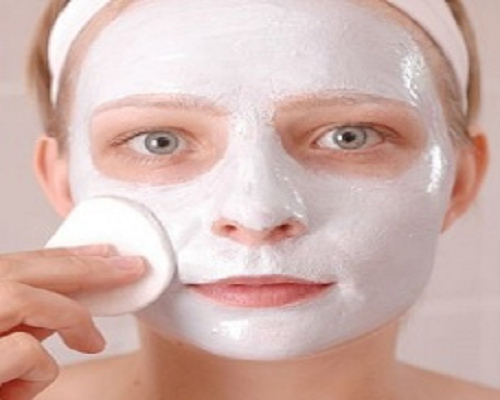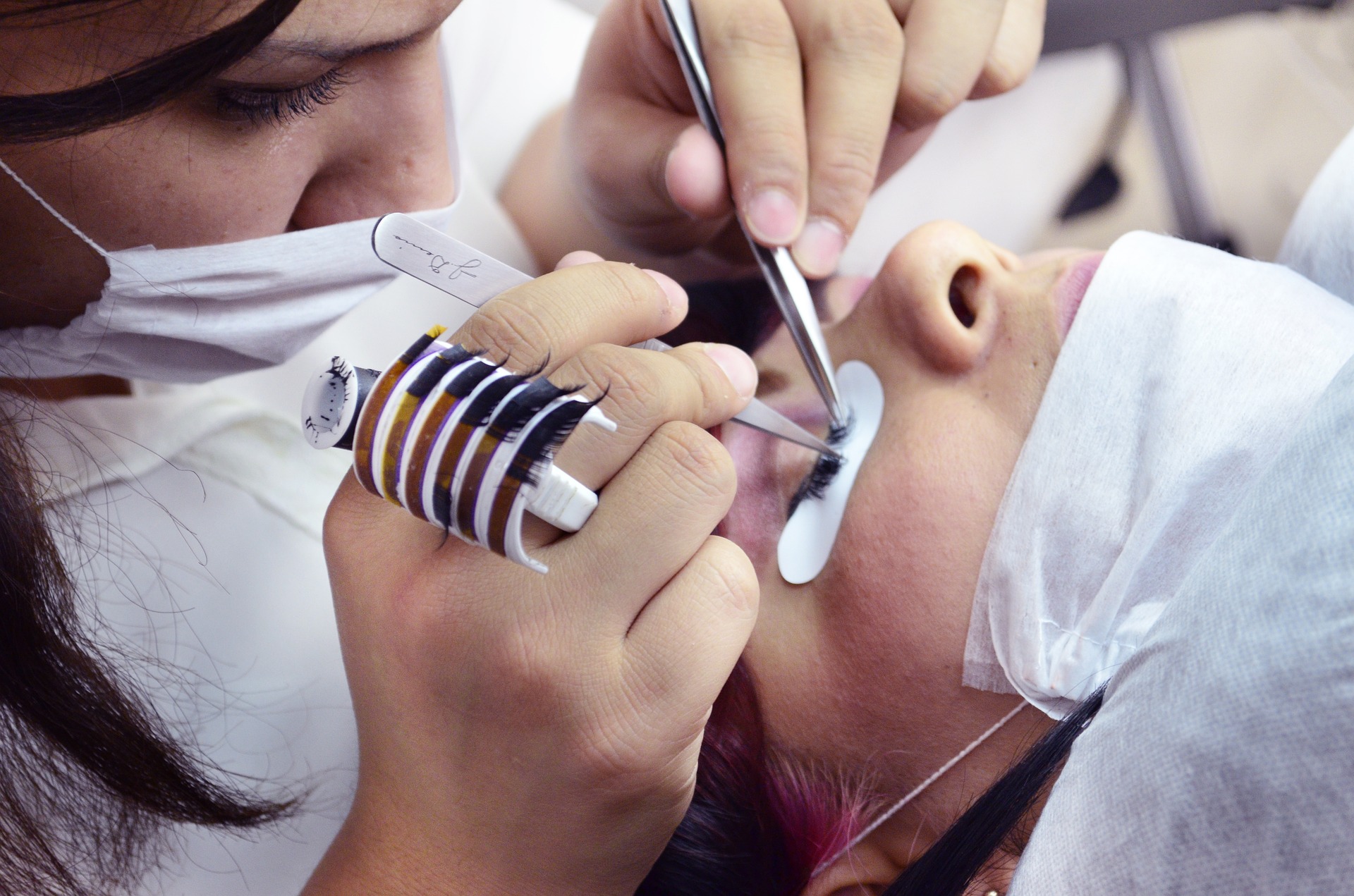Lips do not have oil or sweat glands and there are times that our lips take a lot of abuse from our surroundings – from the food we eat, the weather, down to the pollutants in the environment.
There are toners, moisturizers, and the whole nine yards for skincare routine but the lips are often times neglected. It is high time to keep your lips healthy to achieve soft and kissable lips.
What causes dry lips and irritation?
Some habits can cause dry lips such as licking your lips. While it is true that licking your lips can cool them down, it can also make them drier. The contents of your saliva are harsh to the lips.
Breathing with an open mouth will make your lips dry. Every breath you take with an open mouth takes away the moisture from your lips leaving your lips dry.
How to Take Care of Your Lips
There are just times when you just cannot do anything about your dry lips, no matter the weather. Here are some useful tips to make your lips healthy and kissable.
Maintain clean lips
Aside from the food and drinks, the lips are also exposed to dust and dirt in the environment. Keep it a habit to clean your lips. Wash it during the day or rub honey on them to cleanse the lips and get a fresh look.
Don’t forget to floss as this can also be another reason for having cracked lips.
Maintain lip moisture
Sometimes, despite getting enough water, your skin still feels dry. Use a good humidifier to maintain moisture in the environment. A humidifier can decrease the amount of moisture that evaporates from your skin.
The use of lip balm can maintain the moisture and keep your lips hydrated throughout the day. Have a lip balm ready and apply it whenever you feel like your lips are getting dry.
If you have dry lips, apply lip balm first before you apply lipstick.
Stay hydrated
The first sign of dehydration can be seen on the lips. Drink plenty of water and avoid too much alcohol.
Use olive oil for dry lips
The lips are very sensitive. For dry, chapped lips, use extra virgin olive oil to help soften them. Olive oil is quickly absorbed and it will not cause any irritation. Other oils that you can use on your lips are coconut oil, rice bran oil, rosehip oil, sweet almond oil, and Shea butter.
Exfoliate your lips
Weekly exfoliation of your lips will remove the dead skin cells and leave you with soft and kissable lips. Choose a piece of fruit and sprinkle some sugar on it and rub it gently on your lips.
Choose the right lipstick
Cheap lipsticks or those that look shady can dry out your lips. Invest in a good lipstick, one that contains vitamin E. This will prevent your lips from drying.
Keep your lips healthy
If you encounter problems with your lips that do not go away for quite some time, see a doctor right away. Sometimes, persistent lip problems can be a symptom of an underlying disease.
Read More :






















